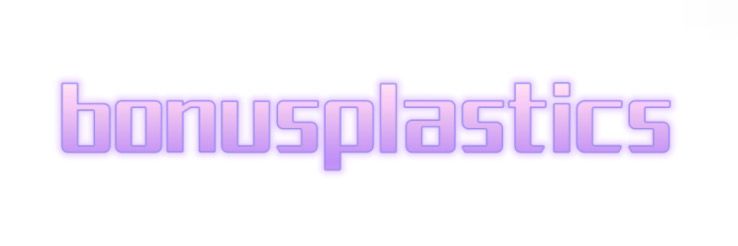How Calcium Carbonate Enhances Paper Quality and Sustainability
In today's world, the paper industry faces significant challenges, from sustainability concerns to the demand for higher-quality products. As a solution to these pressing issues, one compound stands out: calcium carbonate. With its remarkable properties, calcium carbonate for paper is redefining the standards of paper production, offering benefits that extend beyond mere functionality.
For more Calcium Carbonate for Paperinformation, please contact us. We will provide professional answers.
Within the realm of paper making, calcium carbonate serves as a vital ingredient, playing a dual role as a filler and a coating material. This means it not only enhances the brightness and opacity of the paper but also improves its surface properties, making it smoother and thus, ideal for high-quality print applications. By incorporating this versatile compound, manufacturers can create paper that performs better, lasts longer, and is more environmentally friendly.
Exploring the advantages of calcium carbonate for paper, we find a range of benefits:
- Sustainability: As a naturally occurring mineral, calcium carbonate helps reduce the environmental impact of paper production compared to synthetic alternatives.
- Cost-Effectiveness: Utilizing calcium carbonate can lower production costs, offering a competitive edge to manufacturers.
- Enhanced Quality: This compound improves the brightness and opacity, providing a superior printing surface and reducing the need for bleaching agents.
However, it’s essential to recognize the potential downsides as well. For instance:
Contact us to discuss your requirements of Calcium Carbonate. Our experienced sales team can help you identify the options that best suit your needs.
- Potential for Overuse: An excessive amount of calcium carbonate may lead to issues like poor dispersibility and the formation of clumping in the pulp.
- Limited Availability: Depending on the region, the supply of high-quality calcium carbonate might be constrained, affecting production consistency.
When comparing calcium carbonate to other fillers such as kaolin clay or talc, the distinctions become evident. While kaolin offers excellent opacity, it may not provide the same level of brightness or sustainability benefits as calcium carbonate. Talc, on the other hand, while enhancing the smoothness of paper, does not contribute as much to environmental sustainability.
To effectively incorporate calcium carbonate in paper production, manufacturers can consider the following practical tips:
- Optimize Dosage: Start with a lower percentage of calcium carbonate and gradually increase while monitoring the paper's quality.
- Test Blend Ratios: Experiment with blends of calcium carbonate and other fillers to find the optimal formulation for specific paper grades.
In summary, calcium carbonate for paper production is not just a trend; it's a fundamental component that supports the industry's move towards greater sustainability and enhanced product quality. By understanding its benefits and potential challenges, manufacturers can make informed decisions that not only improve their products but also contribute positively to the environment.
As we move forward, the adoption of calcium carbonate in paper manufacturing stands as a testament to the industry's commitment to innovation and sustainability. Embracing this mineral may well be the key to producing high-quality paper while minimizing ecological footprints. Let’s encourage discussions around this pivotal ingredient and foster an environment where sustainable practices become the norm, reminding everyone of the value it brings to our everyday lives.
For more information, please visit calcium carbonate for papermaking.

